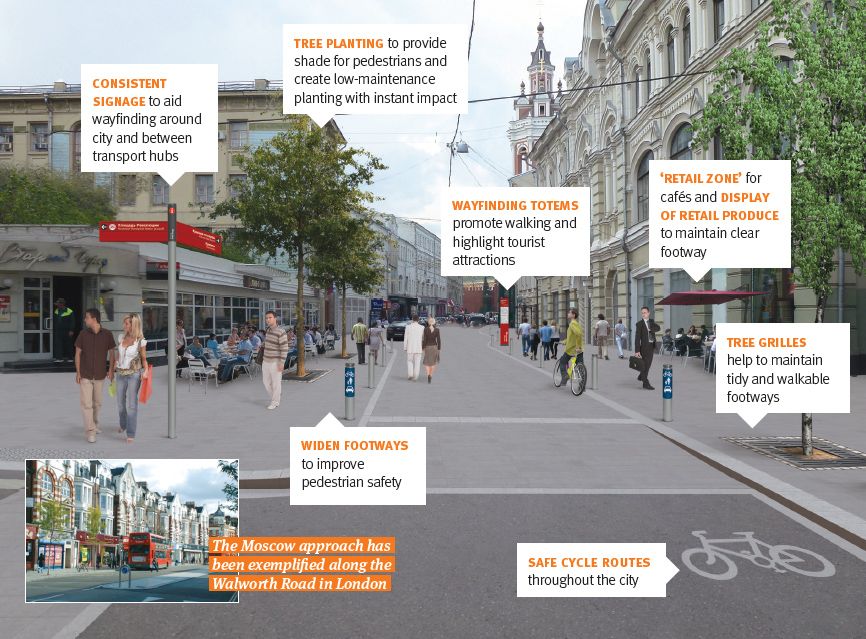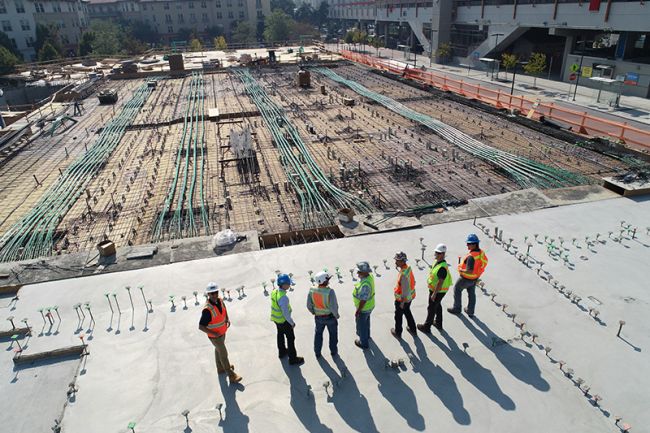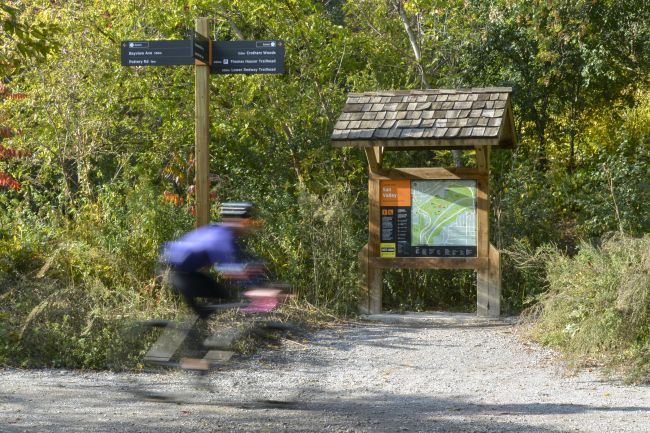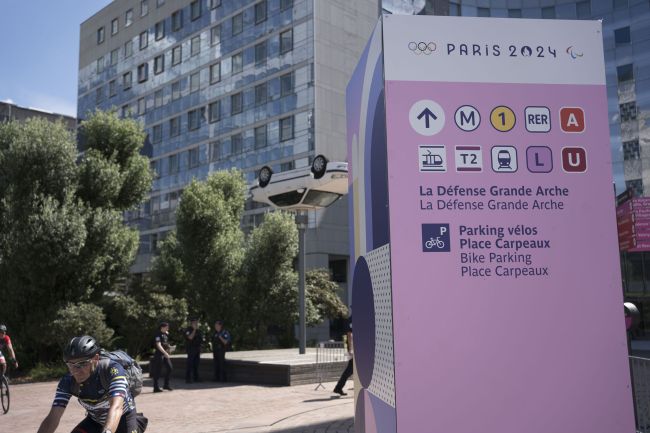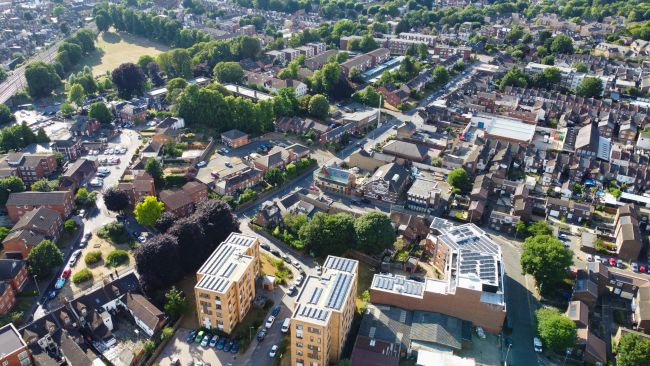Designing connected cities for people
Connected cities are places where people are able to move about freely.
Connected cities are places where people are able to move about freely. Space will be allocated for pedestrians, bicycles, private cars, taxis, freight vehicles, and public transport, which is central to successful urban development. However, each city will differ, meaning there is no universally applicable method for making a city ‘connected’. Cities, large and small, are therefore using different approaches, but all are focused on improving the quality of urban mobility and public realm.
Reducing carbon emissions
Cycling has become a central part of Copenhagen culture, and Denmark considers it key to achieving its goal of becoming carbon-neutral by 2025. Across the pond, Portland was the first American city to introduce modern trams and, despite a 26 per cent increase in population, has since seen carbon emissions reduced by six per cent below 1990 levels, and down a further 26 per cent on a per capita basis. And even in a megalopolis like Hong Kong, a mass of pedestrian networks at the base of skyscrapers combined with a truly intermodal transportation system of buses, subways, and ferries play a part in attempts to prevent carbon emissions increasing.
The mega-city of Moscow is experiencing increased wealth for many of its 11.5 million inhabitants. This has resulted in burgeoning car ownership (four million) and a complete disregard for the needs of pedestrians and cyclists. As Moscow’s bulging population begins to stretch the seams of the city limits, more and more people are moving out of town to the clean air and quiet streets of the city’s satellite towns. However, this shift has resulted in increased commuter travel and the beautiful historic city core is marred by traffic; pavements are blocked with unregulated car parking and congested multi-lane city centre streets prevent all but the very brave from crossing at street level.
In 2012 Steer Davies Gleave was commissioned to look at a strategic network of walking and cycling routes to see how selective interventions in the public realm could create a comfortable and safe environment for pedestrians and cyclists. Proposed small-scale interventions include reallocation of road space from cars to pedestrians and cyclists, active traffic management to ensure regular street surface crossings form a network of intercon-nected neighbourhoods, and enhanced information systems that facilitate access to urban transit.
Building environments tailored for all
The Moscow approach has been replicated along London’s Walworth Road, a radial route carrying 20,000 vehicles per day and a local high street with narrow footpaths. With problems of road safety and poor environmental quality, it became a UK Department for Transport mixed priority route demonstration project. The UK Commission of Architecture and the Built Environment (CABE) research project, Paved with Gold, identified it as having a poor public realm quality using Transport for London’s Pedestrian Environment Review System (PERS).
One of the most critical issues was the reallocation of space – carriageway to footway – to enable the street to function far better as a centre while maintaining traffic flows. A transport assessment supported removing bus lanes and redistributing road space to footpaths. There was public involvement throughout the design and delivery process, including public meetings, targeted stakeholder events and questionnaires.
The Walworth Road now has the character and appearance of a bustling high street. Street crime and the number of collisions have fallen. A significant increase in quality of the pedestrian environment was measured by a 2.8 per cent increase in the PERS score, equating to a 14 percent increase in rental values and a 14.7 percent increase in residential property values.
In 2009 the scheme won the Walking and Public Realm Award at the London Transport Awards. Professor David Begg, Chair of the judging panel said: “The transformation in Walworth Road since the environmental improvements have been introduced is a lesson that local au-thorities the length and breadth of Britain can learn from. The street is safer, cleaner and economically more viable.”
The 'Complete Street' approach
In Oaxaca City, Mexico, Steer Davies Gleave has prepared concept designs for a “complete street” pilot project in close partnership with the City Authorities. The scheme incorporates generous footpaths for comfortable pedestrian movement to facilitate economic activity, grade-separated cycle tracks as part of a wider network, regular pedestrian crossings for connectivity between communities, bus priority lanes for enhanced transit provision, public realm enhancements to create a sense of place, and information to facilitate access to public transport and neighbouring communities.
However while many cities elsewhere have space to accommodate many of the movement and place making requirements within the public realm the UK is characterised by intense demands on narrow streets. Steer Davies Gleave is currently working in Camberwell Green, London to minimise the impact of public transport on the town centre and to facilitate a sustainable community. Changes to existing traffic management arrangements, reallocation of road space and the creation of “pocket plazas” (see figure 3) are the products of negotiation as they have to take account of community aspirations and city wide policies.
Graduating into a connected city
Today’s metropolitan areas must balance the competing demands on their public realm to ensure that the cities of the future are liveable. Connected cities will be denser, mixed-use neighbourhoods will predominate and commute times reduced. Streets will not only be transport and utility corridors, but also places where people interact with each other socially.
